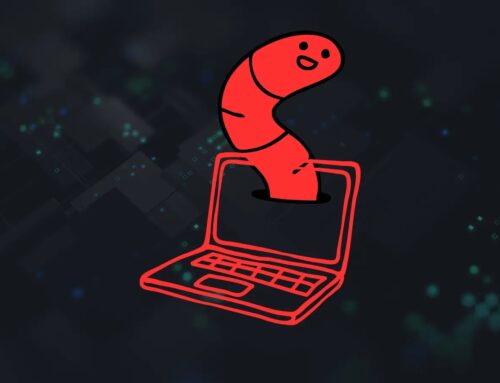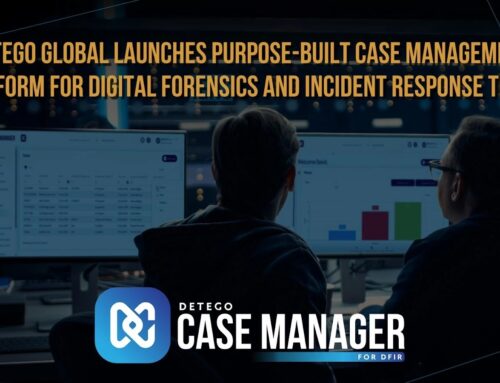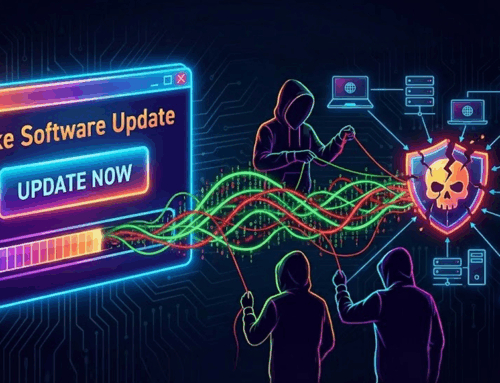
Scattered Lapsus$ Hunters Registered 40+ Domains Mimicking Zendesk Environments
The Trojan Zendesk: How Scattered Lapsus$ Hunters Weaponized Trust
In the evolving theater of cyber warfare, threat actors are increasingly targeting the very platforms businesses rely upon. A recent campaign by the “Scattered Lapsus$ Hunters” collective exemplifies this shift, turning a trusted customer support platform—Zendesk—into a launchpad for corporate espionage. This sophisticated offensive highlights a critical supply-chain vulnerability, demonstrating how attackers are weaponizing trust to gain unauthorized access to sensitive information.
The collective has successfully registered over P40 typosquatted domains, meticulously crafted to mimic legitimate Zendesk environments. This tactic, known as typosquatting or URL hijacking, capitalizes on human error, luring unsuspecting users to malicious sites designed to steal credentials or implant malware. This marks a significant escalation in their operational capabilities, pivoting from direct exploitation to a more insidious, social-engineering-driven approach focused on supply-chain compromise.
Understanding the Threat: Typosquatting and Supply Chain Attacks
Typosquatting is a deceptive technique where attackers register domain names that are slight variations or common misspellings of legitimate, well-known websites. For instance, instead of “zendesk.com,” an attacker might register “zendesck.com” or “zevdesk.com.” The objective is to trick users who mistype a URL into landing on a fraudulent site. In this campaign, the Scattered Lapsus$ Hunters are using these malicious domains to:
- Phish Credentials: Lure Zendesk users (employees, partners, or customers) to fake login pages designed to capture their usernames and passwords.
- Distribute Malware: Host malicious files disguised as legitimate software updates or documents, leading to system compromise.
- Gather Intelligence: Collect sensitive information or conduct reconnaissance on targets interacting with the fake interface.
This attack vector is particularly dangerous because it exploits the trust users place in familiar brand names. When combined with supply chain vulnerabilities, where attackers compromise a less secure element in a network to gain access to a more secure target, the potential for widespread damage is immense.
The Scattered Lapsus$ Hunters: A Shifting Modus Operandi
The “Scattered Lapsus$ Hunters” collective, while borrowing nomenclature from the infamous Lapsus$ group, appears to have developed a distinct and complex operational methodology. Their focus on supply-chain exploitation, particularly through sophisticated typosquatting targeting a platform like Zendesk, indicates a calculated and resourceful adversary. Unlike direct network intrusions, this approach leverages human frailty and the interconnectedness of business ecosystems to achieve their objectives, which often include:
- Corporate Espionage: Gaining access to proprietary information, trade secrets, or competitive intelligence.
- Ransomware Deployment: Using initial access to deploy ransomware payloads within a victim’s network.
- Data Exfiltration: Stealing sensitive customer data, financial records, or intellectual property.
Remediation Actions and Proactive Defense
Defending against such an insidious campaign requires a multi-layered approach, combining technological safeguards with robust security awareness training. Organizations leveraging Zendesk or similar customer support platforms must prioritize the following actions:
- Implement Multi-Factor Authentication (MFA): Mandate MFA for all Zendesk users. Even if credentials are stolen via a typosquatted site, MFA acts as a critical second line of defense.
- Enhanced Email Security & DMARC: Deploy advanced email gateways to detect and block phishing attempts. Implement DMARC (Domain-based Message Authentication, Reporting, and Conformance) to prevent email spoofing and ensure legitimate emails are trusted.
- User Education and Training: Conduct regular security awareness training, emphasizing the dangers of typosquatting, phishing, and the importance of verifying URLs before entering credentials. Provide clear guidelines on how to identify legitimate Zendesk URLs.
- DNS Monitoring and Threat Intelligence: Monitor DNS records for suspicious domain registrations that closely resemble your legitimate domains. Leverage threat intelligence feeds to identify newly registered malicious domains.
- Endpoint Detection and Response (EDR): Implement EDR solutions to detect and respond to suspicious activity on endpoints, such as attempts to install unauthorized software or connect to known malicious command-and-control servers.
- Regular Security Audits: Conduct periodic security audits and vulnerability assessments of your Zendesk configuration and integrations to identify and address potential weaknesses.
Detection & Mitigation Tools
To aid in the detection and mitigation of typosquatting and supply chain attacks, several tools and strategies can be employed:
| Tool Name | Purpose | Link |
|---|---|---|
| Avanan Email Security | Advanced phishing and malware detection for cloud email. | Avanan.com |
| Brandgizer | Domain monitoring and anti-typosquatting services. | Brandgizer.com |
| PhishTank | Community-driven phishing URL database for detection. | PhishTank.com |
| CVE Database (e.g., for related vulnerabilities) | Official source for common vulnerabilities and exposures. | cve.mitre.org |
| URLScan.io | Website scanner for analyzing suspicious URLs. | URLScan.io |
Conclusion
The emergence of the “Scattered Lapsus$ Hunters” and their sophisticated typosquatting campaign targeting Zendesk underscores a critical shift in the threat landscape. Attackers are increasingly leveraging trusted platforms and human vulnerabilities to breach defenses, bypassing traditional perimeter security. Organizations must adopt a proactive and comprehensive security posture, prioritizing user education, robust authentication, and continuous monitoring to safeguard against these evolving and insidious threats. Staying informed about new attack vectors and implementing a layered defense strategy are paramount to protecting critical business operations and sensitive data.





